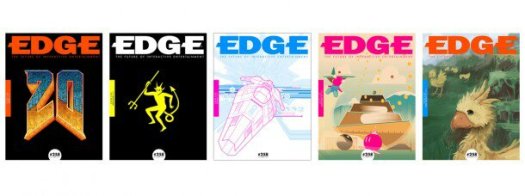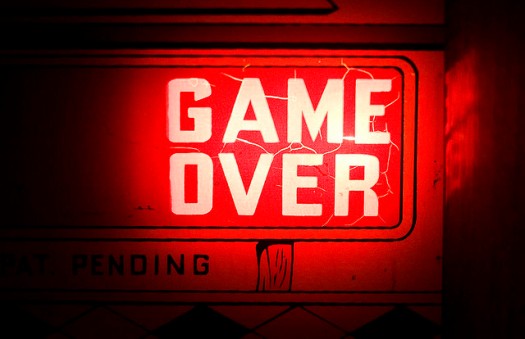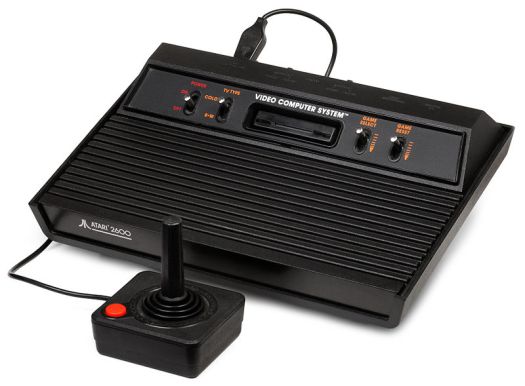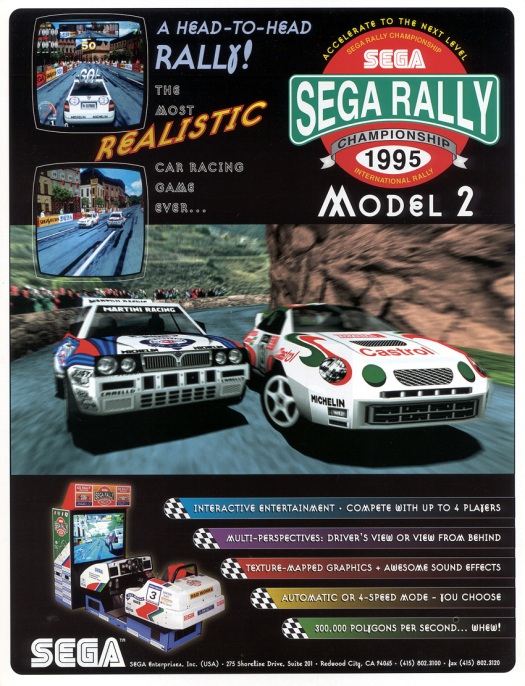Edge turned 20 recently, that could have been the impetus to review our relationship, but in all honesty I’d checked out years ago. I’d been living a lie. A mistaken belief that buying it and piling it round the house meant it was the same … it wasn’t. It’s impossible to not draw an analogy with marriage, my relationship with Edge is one of the longest I’ve ever had, longer than my actual marriage and relationship with my children. I’ll even lie, and say it was all great. It wasn’t.
If you asked if I was an Edge reader, I’d still say yes.
It had started so loftily, a recommendation, from a hipster peer, who looked down his nose at me as I was a ‘mere’ console gamer. He was a PC snob, my god, was he a PC snob. Edge, similarly looked down it’s nose at me and I let it.
In fairness, Edge helped me understand more about game design, about the medium itself, and let me listen in on conversations with the best game devs in the world. There were lots of good times.
However, Edge was also the arrogant ‘know it all’, the name dropper, the ‘too quick to quote’ and worst of all an arbiter of taste. Edge 10s are hateful and self indulgent. This conceit was clear in its benchmark, Famitsu. Impenetrable and mythical to Western readers, Edge filled a void that didn’t need to be filled. Edge became a smart arse.
The emergence of metacritic, made the single opinion, irrelevant. Edge fell into the meatgrinder, where only the outliers get noticed. Second rate click baiters trump editorial credibility. The snake eats itself. A symptom of an industry lost, even Edge couldn’t shine a light.
I remember the point when they lost me, the issue number is irrelevant. A piece on BioShock Infinite was simply a description of an E3 video (that turned out to be an elaborate bull shot anyway), it was shallow and vacuous. It served no point. Once I’d realised, the covers with the Ad funded UV spot varnish, the obvious platform bias (witness the recent U-Turn on Xbox One from demon to contender) and the self indulgent wallowing in self importance stuck in the craw.
This bile belies what Edge gave me, a fundamental toolkit for critical evaluation, but at what price? Can my opinions ever be my own, or has 16 years of Edge readership stolen my unique perspective? Maybe I never had one? And just thought I did. How very meta.
All in, it’s time for a trial separation. Honestly, it’s not you. It’s me.










